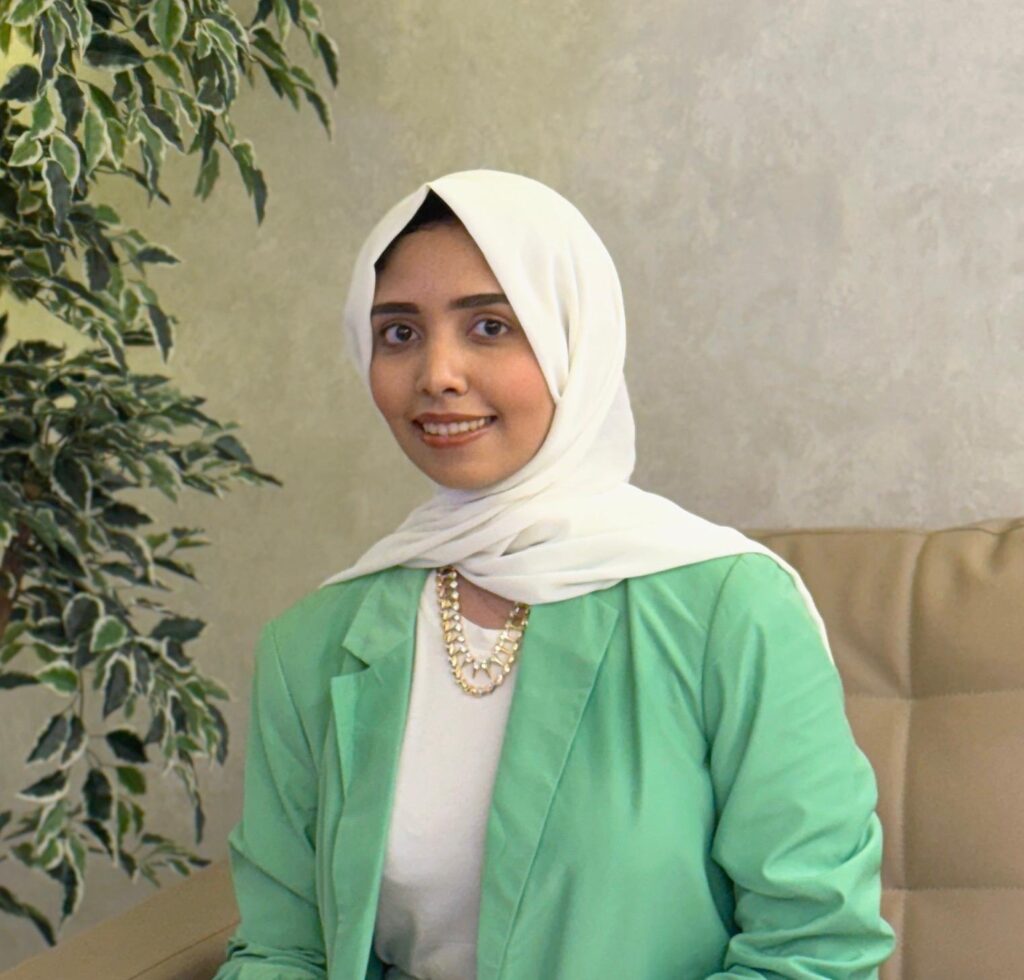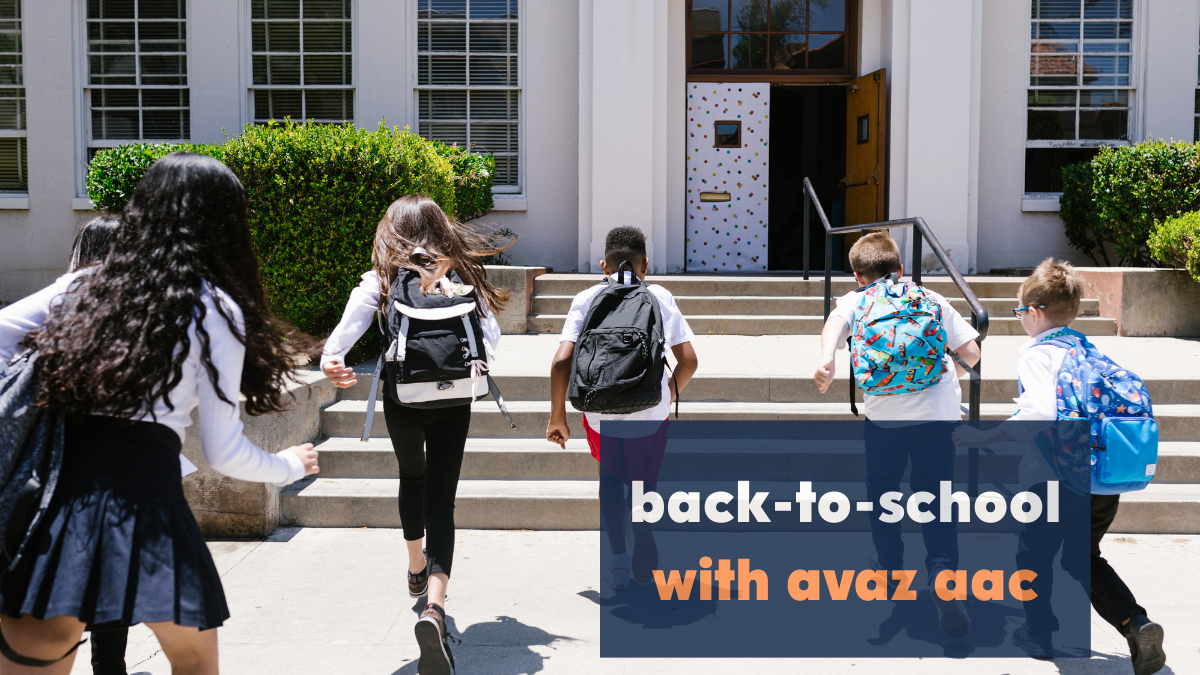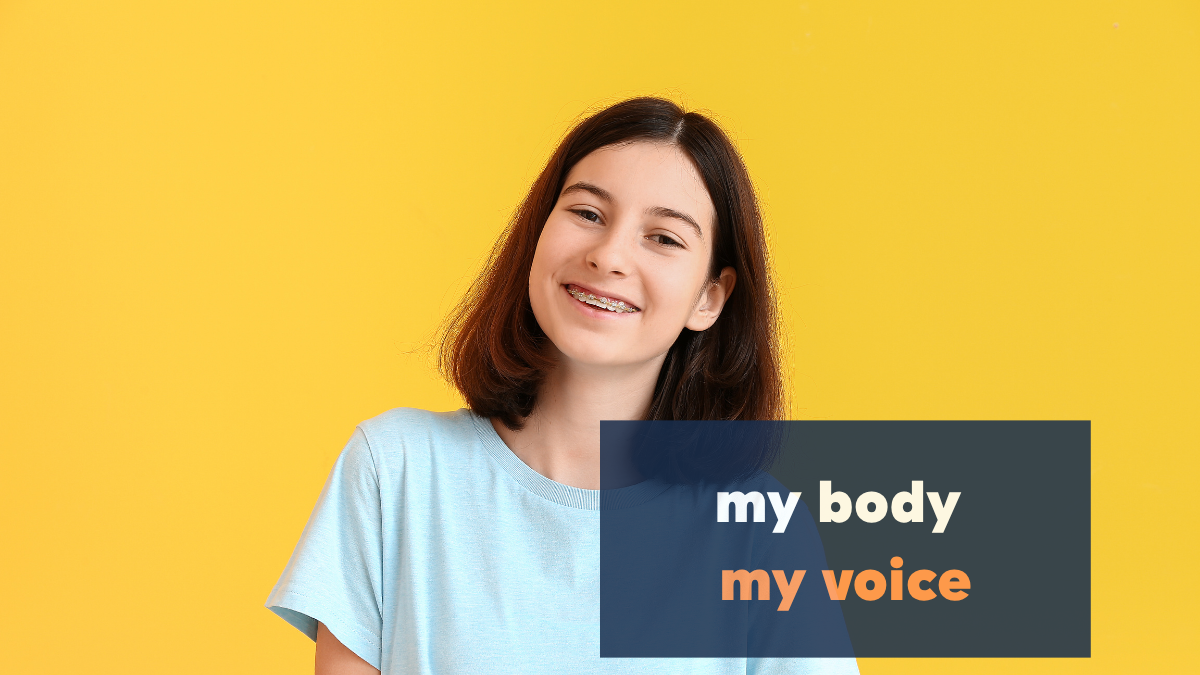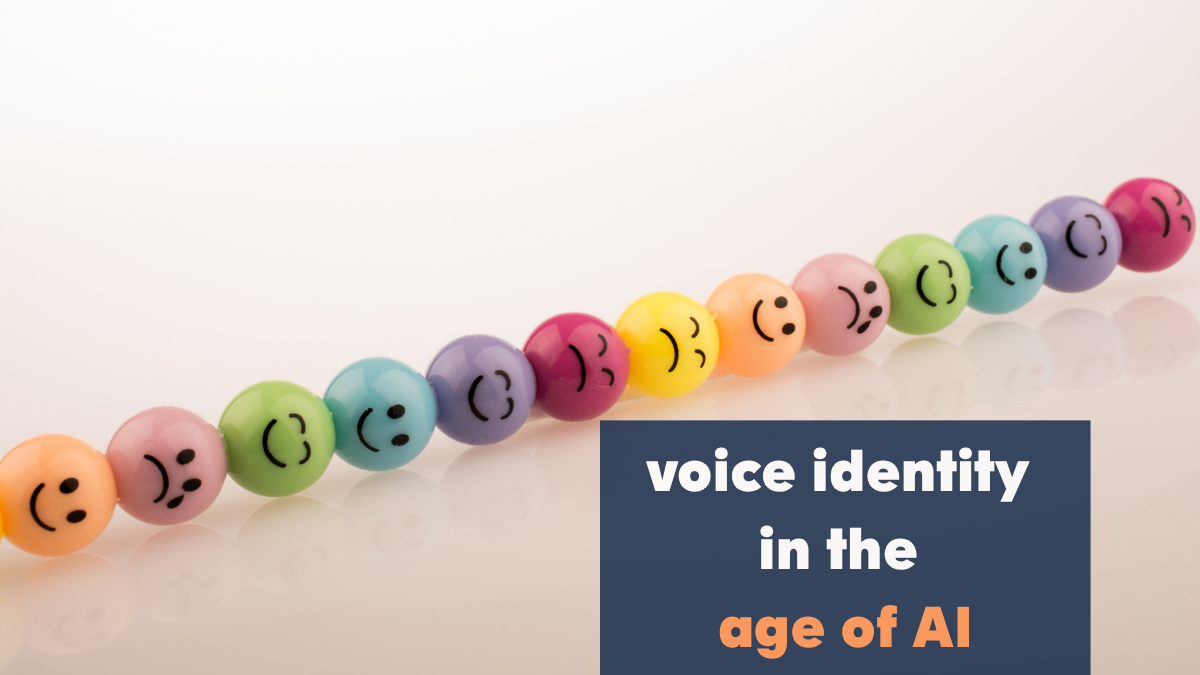Customizing AAC for Gestalt Language
Processors
Imagine reading a screen full of words… but none of them feel quite right. Not because they’re
wrong, but because they’re too small. That’s the reality for many Gestalt Language Processors
(GLPs)—children who don’t build language one word at a time, but instead learn and
communicate through meaningful phrases, or scripts, they’ve absorbed from the world around
them.


Building Language: Blocks vs. Scripts
Most of us think of language development like stacking Lego bricks—starting with one word,
then another, then combining them into sentences.
But for GLPs, language sounds more like movie lines, theme songs, or familiar catchphrases.
These scripts come with emotional weight, rhythm, and intent. They’re not just words—they’re
communication experiences.
Example:
- Child A (analytic language processor): Says “Go car!”—a simple word combo built step-by-step.
- Child B (GLP): Says “Let’s get outta here!”—a memorized phrase from a favorite movie, used to mean the exact same thing.
Both are communicating. One builds. One pulls from experience.
When Core Words Aren’t the Core
For Analytical Language Processors, starting with core words—flexible, high-frequency words like go, stop, more, want—works beautifully
But for Gestalt Language Processors (GLPs), communication often begins with something different: whole scripts picked up from real-life experiences, like “Let’s get outta here!” instead of “go car.”
Avaz is designed to support both these language journeys. That’s why it includes a dedicated Gestalt Folder that stays within easy reach, core words accessible within the Gestalt view, and the ability to customize gestalts by topic for more meaningful conversations.
As GLPs evolve, they may start combining or breaking down scripts—and even return to them over time. That flexibility is part of their voice.
That’s communication.
Your First Role: Language Detective
GLPs already have language. Your job? Figure out what they’re saying—and what it means to them.
For example:
- A child walks into a loud room and says, “All done!”
- Adults might hear: “They’ve finished something.”
- But the child might mean: “This room is too loud. I want to leave.”
It’s not about the words—it’s about the context and experience behind them.
Customizing AAC for GLPs
Once you recognize a child’s gestalts, add them directly into their AAC system—just as they are. Don’t worry about grammar. Worry about meaning.
✅ Add “Let’s go!” to the Park folder
✅ Include “I can’t do this!” in the Feelings folder
✅ Organize by activity or theme, not grammar rules
In Avaz, you can start with “starter phrases,” but go beyond:
- Add media gestalts (like “Let’s build!” from a YouTube show) to folders like Play or Toys
- Include rich, emotional phrases in appropriate folders:
- “Let’s get a snack” → in Eat
- “Too loud!” → in Sensory
- “I need help!” → in Self-advocacy
- “I don’t like this” → in Feelings or Transitions
Think of folders like life moments, not grammar categories.
Give Gestalts a Voice that Feels Right
One powerful way to support GLPs? Use intonation-rich voice overlays instead of flat, robotic defaults. Gestalts are learned through emotion, tone, and context—the vibe matters just as much as the words.
When we play those scripts back with the same energy they were learned with, it boosts recognition, connection, and authenticity.
You can even add a short video clip in avaz or use the voice of a favorite character using the voice recording feature to match the gestalt’s original tone. For a child who says “Let’s goooo!” like their favorite cartoon hero—that character’s voice might just unlock meaningful communication.Because how it sounds can be just as important as what it says.
WRITTEN BY
Hannah Rahman
I am a certified Speech-Language Pathologist with years of clinical experience. I have worked in both school and rehabilitation settings, providing therapy for children and adults with speech, language, communication, and swallowing disorders. I incorporate sensory integration strategies to bring a holistic shift in functional communication—helping individuals connect, express, and engage more meaningfully in their daily lives.





